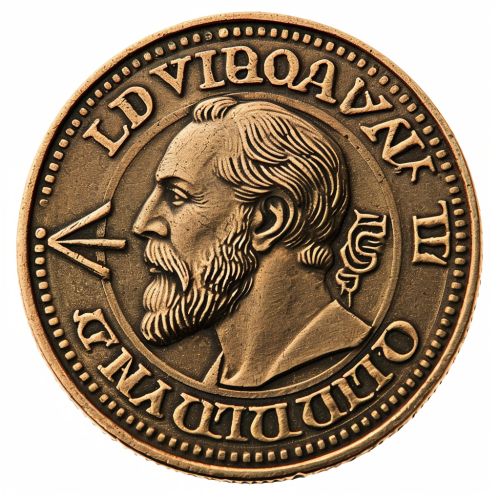Russian ruble
History
The Russian ruble is the official currency of the Russian Federation, as well as the two partially recognized republics of Abkhazia and South Ossetia. The ruble is subdivided into 100 kopeks (also spelled kopecks or copecks). The ISO 4217 code for the Russian ruble is RUB.
The history of the ruble dates back to the 13th century, when it was used in a region of modern-day Russia known as the Novgorod Republic. The word "ruble" is derived from the Russian word "rubit", which means "to chop". This is a reference to the way the currency was originally made: by chopping off a piece of a silver bullion.

The ruble has undergone several changes throughout its history, both in terms of its physical form and its value. These changes have often been influenced by significant political and economic events in Russia.
Early history
The first ruble was a piece of a grivna, a form of currency used in Kievan Rus, an early East Slavic state. The grivna was a silver bullion of a specific weight, and a ruble was a smaller piece of this bullion. This early form of the ruble was not a coin, but rather a piece of silver bullion that was weighed and traded.
In the 17th century, during the reign of Peter the Great, the ruble began to be minted as a coin. This marked a significant change in the nature of the ruble, as it transitioned from a weight of silver to a specific denomination of currency.
Soviet era
During the Soviet era, the ruble was the currency of the Soviet Union. The value of the ruble was set by the state, and it was not convertible to other currencies. This meant that the ruble's value was not determined by market forces, but rather by the decisions of the Soviet government.
In the late 1980s and early 1990s, as the Soviet Union began to collapse, the ruble underwent a period of hyperinflation. This was a result of the economic instability and uncertainty that characterized this period in Russian history.
Post-Soviet era
After the fall of the Soviet Union, the ruble continued to be used in the newly formed Russian Federation. However, the economic instability of the post-Soviet era led to a significant devaluation of the ruble.
In 1998, in response to a financial crisis, the Russian government implemented a redenomination of the ruble. This involved replacing the existing ruble with a new ruble at a rate of 1 new ruble = 1,000 old rubles.
Economy
The value of the ruble is closely tied to the state of the Russian economy. Factors such as oil prices, economic sanctions, and political stability can all influence the value of the ruble.
The Russian economy is heavily dependent on the export of natural resources, particularly oil and gas. As a result, the value of the ruble can fluctuate significantly in response to changes in global oil prices.
Economic sanctions imposed by other countries can also impact the value of the ruble. For example, sanctions imposed by the United States and the European Union in response to Russia's annexation of Crimea in 2014 led to a significant devaluation of the ruble.
Currency system
The Russian ruble is issued by the Central Bank of Russia. The Central Bank is responsible for controlling the supply of money in the Russian economy and for maintaining the stability of the ruble.
The ruble is subdivided into 100 kopeks. Coins are issued in denominations of 1, 5, 10, and 50 kopeks, and 1, 2, 5, and 10 rubles. Banknotes are issued in denominations of 50, 100, 200, 500, 1,000, 2,000, and 5,000 rubles.
